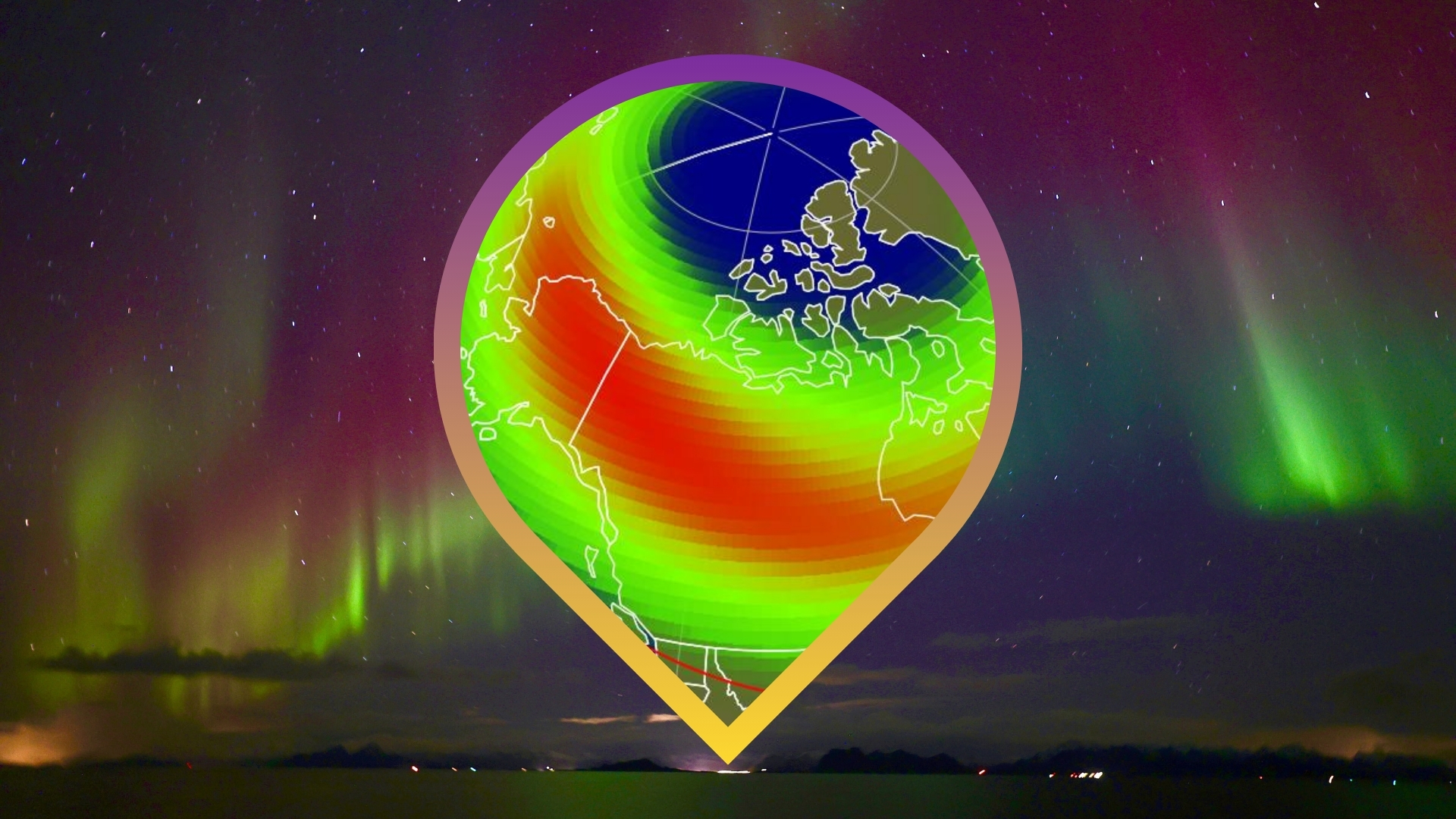Teacher-Astronauts Helm NASA's Year in Education Aboard the Space Station
Your kids' classroom may be a bit cooler this year than yours ever was. While kids slogged their way through the first days of school, NASA launched A Year in Education on Station (YES), a program that takes advantage of two educators flying on board the International Space Station.
"When astronaut assignments for Expedition 53/54 and 55/56 were announced, NASA's Johnson Space Center's Office of Education noticed two former educators were assigned back-to-back," Michael Kincaid, the acting associate administrator for NASA's Office of Education, told Space.com.
Astronauts and former teachers Joe Acaba and Ricky Arnold will be assigned to the International Space Station (ISS) over a period that coincides with the traditional school year, from September 2017 to August 2018. [Space Zen: This Space Station Fly-Through is Supremely Serene]
According to Kincaid, both astronauts had expressed interest in educational activities as they discussed their mission.
"The Year of Education simply fell into place," Kincaid said. "Truly, this year, the stars aligned."
A beacon
Education has always been an important component of the International Space Station, according to Kirk Shireman, manager for the ISS Program. With YES, NASA hopes to increase its reach.
"Our goal is to accomplish more," Shireman said. "We want to have a larger impact."
Breaking space news, the latest updates on rocket launches, skywatching events and more!
As part of the program, some schools will get to chat with astronauts in space, either through video chats or via a ham radio. Acaba and Arnold both plan to engage in activities that bring science and technology down to Earth to students. Along with a variety of other educational roles, both astronauts taught middle school science, giving them ample experience in breaking things down for a younger audience.
"As a dream realized through innovation, hard work and persistence, and dedicated to the pursuit of knowledge, the station is a literal beacon for the entire education community of what can be achieved through learning," Kincaid said.
"The significance of Year of Education on Station is the opportunity for two former educator astronauts to share their passion for learning with hundreds of students and teachers across the nation," he added.
Currently, NASA's education department is reviewing schools that have already applied to chat with astronauts during the Expedition 55/56 program, according to Gary Jordan, the public affairs representative for the ISS program. In February 2018, schools will be able to apply to connect to the ISS during Expedition 57/58, he said.
While live-chatting with astronauts can be pretty cool, it's not something that every school will be able to do. That's why YES encompasses myriad educational products, from curriculum to partnerships with NASA personal to what Jordan calls "STEMonstrations."
As part of YES, high school students can pair with local NASA centers to create hardware or even food to fly on the ISS. With the Sally Ride EarthKAM program, students can program a digital camera on board the station to photograph targets on Earth that they can then study in their classroom. Even the youngest students can get involved during Story Time from Space, where astronauts film themselves reading books and conducting related educational demonstrations. Public, private and home-schooled students are all invited to participate in the program.
"It's a great way to attack science and education in a very tangible way," Shireman said.
He described simple experiments the astronauts have performed, including those involving water, which behaves dramatically differently when free from Earth's gravity.
"It's very, very easy for students on the planet to see the difference," Shireman said. "When you can tie [an activity] to something really in line with the education and achieving goals in education, that's what I like to see."
"What a wonderful thing"
Astronauts from the United States typically catch the Russian Soyuz rocket for their ride to the International Space Station. According Shireman, the population of the ISS is usually what he calls "3 and 3." Three Russian astronauts are on board with three other crewmembers — two from NASA, while a third comes from other space organizations based in Europe, Canada or Japan. [Russia's Manned Soyuz Space Capsule Explained (Infographic)]
Earlier this year, the Russian agency decided to switch things up. For what Shireman said were a variety of reasons, including delays with their new Multipurpose Module, Russia decided to send only two of their astronauts into space during the next few launches.
"This created an open spot," Shireman said.
Typically, astronauts are assigned to travel to the ISS 24 months before their launch, Shireman said. But Acaba, who launched in September, and Arnold, who will board in March 2018, were both assigned around early February 2017, much later than usual. Both astronauts have flown previously, so it was merely a matter of accelerating their training schedule, Shireman said.
By having astronauts engage schoolchildren, NASA hopes to encourage students to study science, engineering and technology.
"If something Joe or Ricky do from orbit touches a student's life and makes them go on to learn more about science and math, and be a big benefit to our country, what a wonderful thing that would be," Shireman said.
Follow Nola Taylor Redd at @NolaTRedd, Facebook, or Google+. Follow us at @Spacedotcom, Facebook or Google+. Originally published on Space.com.

Nola Taylor Tillman is a contributing writer for Space.com. She loves all things space and astronomy-related, and always wants to learn more. She has a Bachelor's degree in English and Astrophysics from Agnes Scott College and served as an intern at Sky & Telescope magazine. She loves to speak to groups on astronomy-related subjects. She lives with her husband in Atlanta, Georgia. Follow her on Bluesky at @astrowriter.social.bluesky
